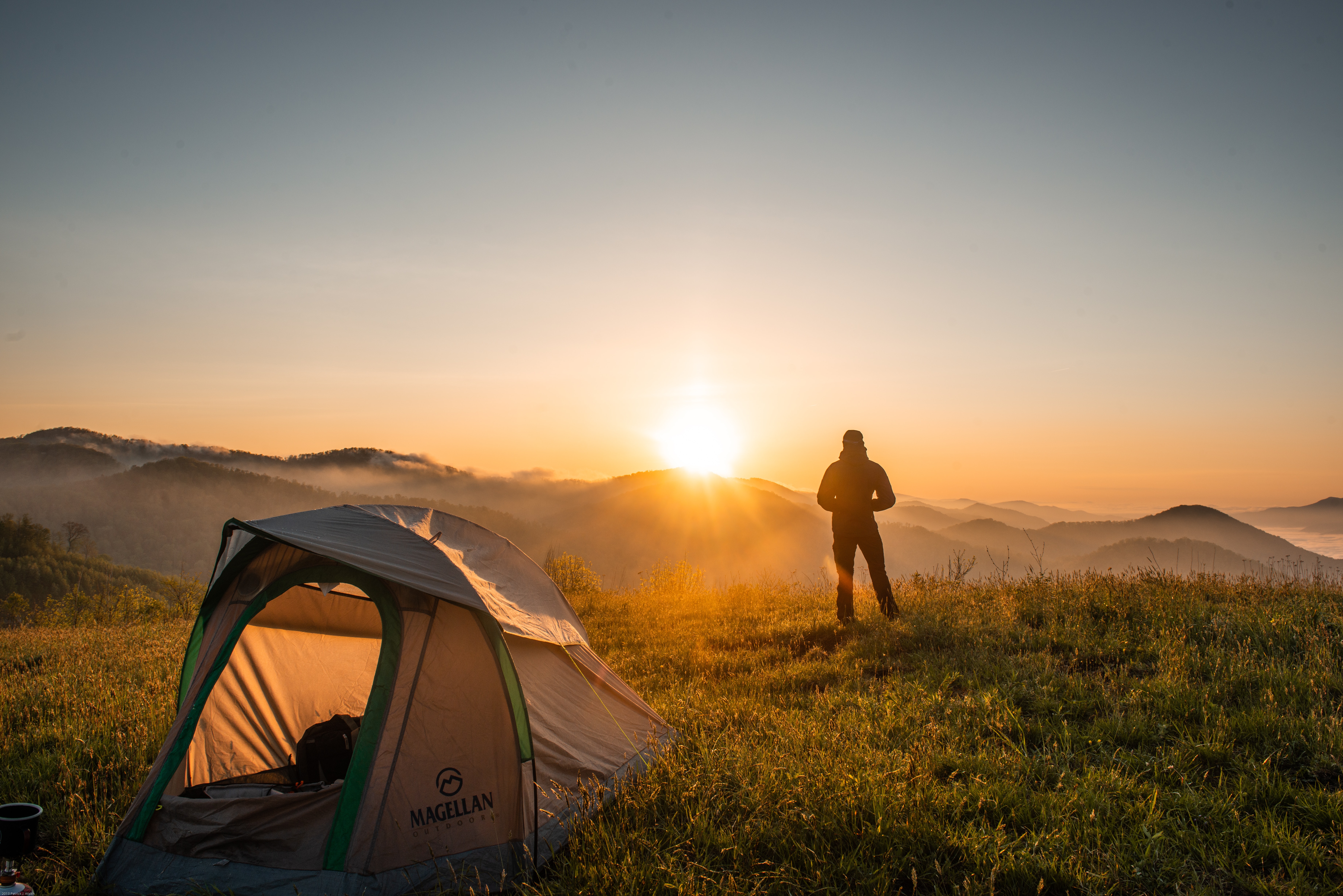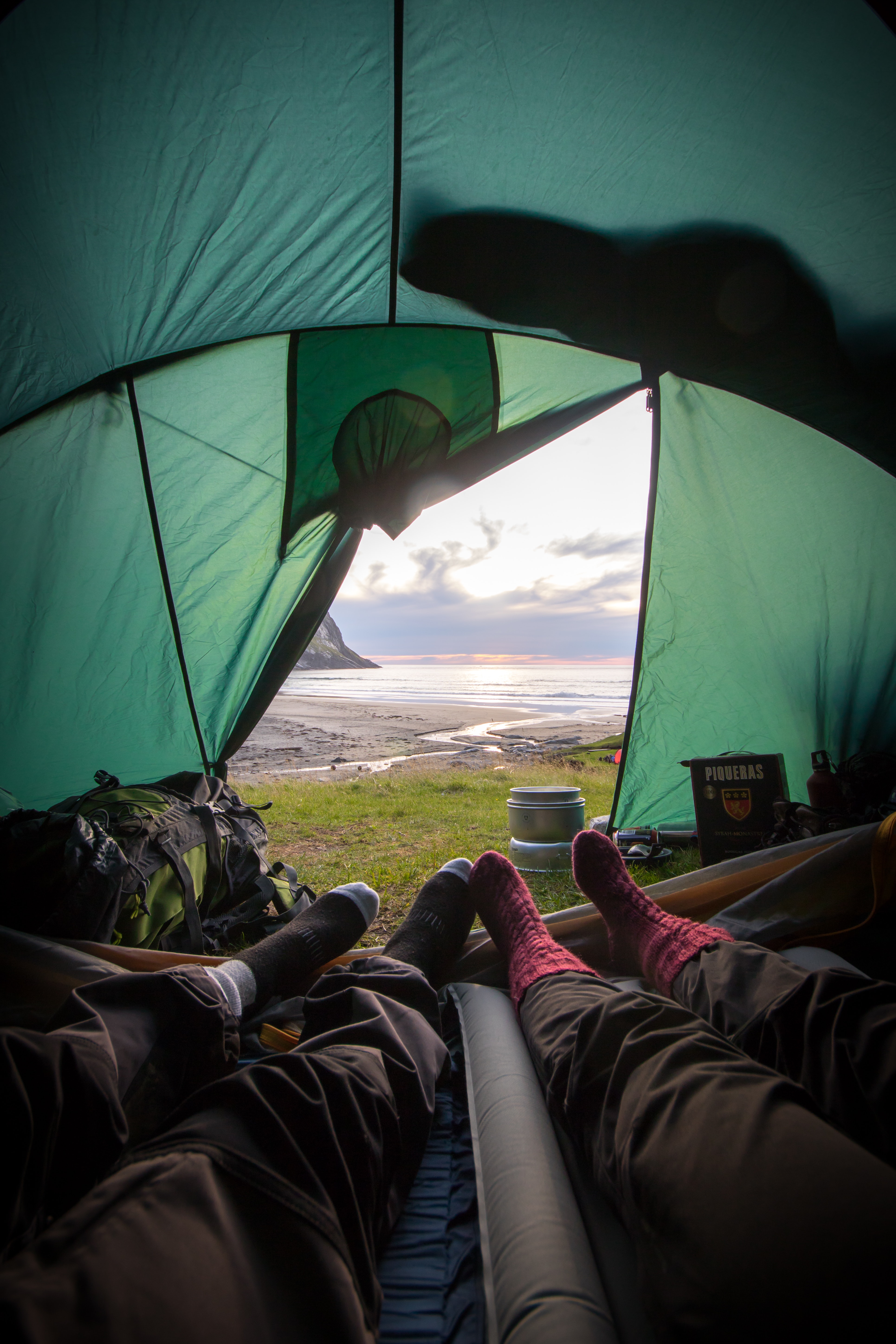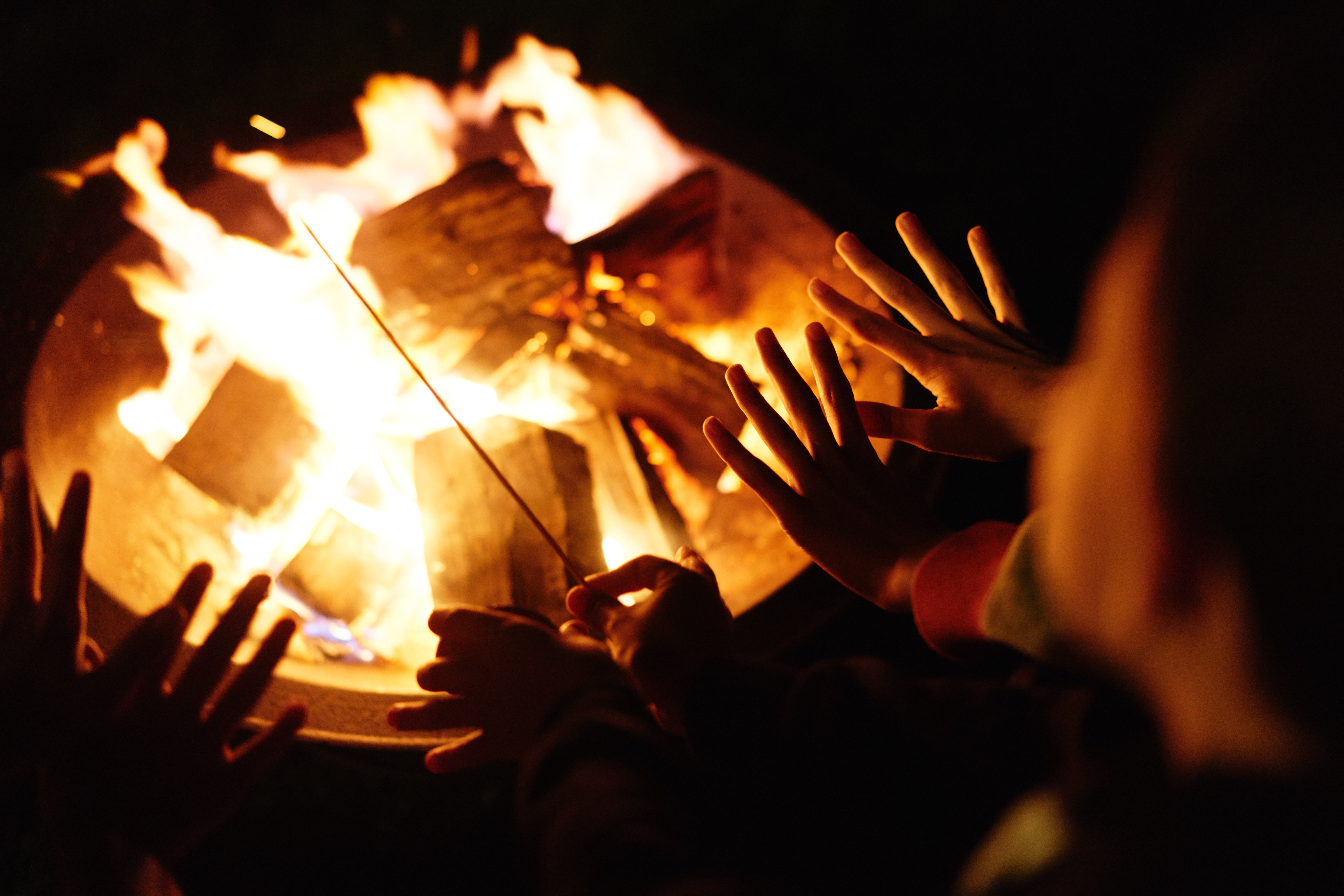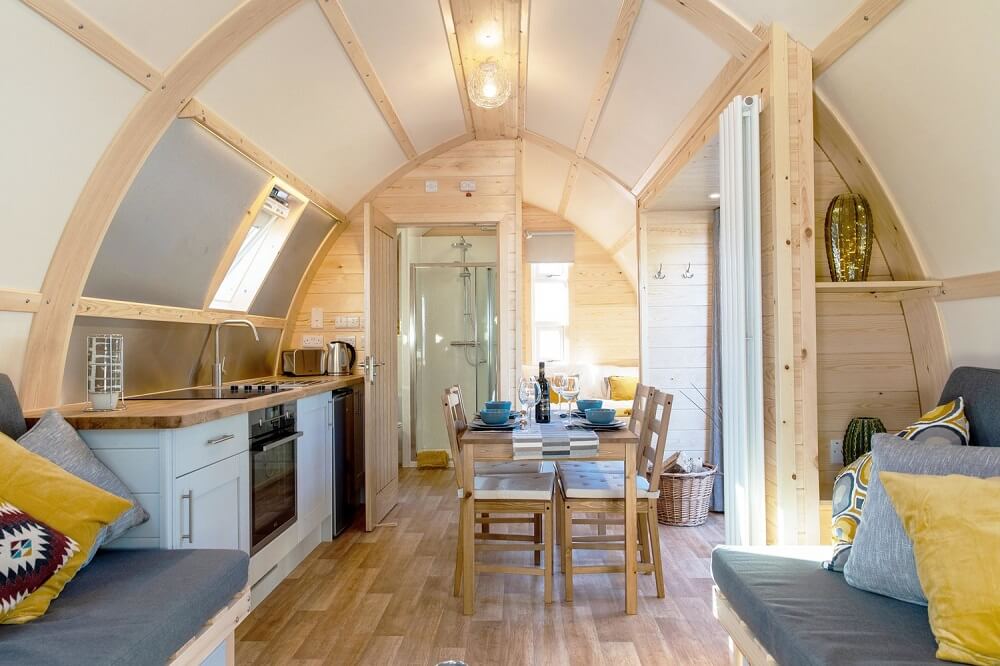
4 Common Camping Fails & How To Avoid Them
If you’re relatively new to camping, you’re bound to experience some trial and error - even if you read a bunch of articles like this one! That being said, we thought that today, we could take a look at four common pitfalls when it comes to camping, and how to avoid them. This way, you’re not going in blind. So without any further ado, let’s jump right in!
1. How to pitch a tent
Imagine showing up to your campsite an hour before sunset only to realise you’ve forgotten the blooming tent poles home. Or trying to pin down the corners of your tent in gusty wind. There are many mistakes you can make pitching your tent that could lead to frustration, chilly toes or waking up to the roof of the tent coming down on you in the night.
First of all, make sure you have all the parts you’ll need to set up before leaving and that these are all in good working condition. If you’ve not pitched up this particular tent before, doing a trial run in the back garden can help to eliminate any last minute issues.
When you get to the campground, choose a spot with slightly soft, even ground free of things like litter, stones or overhead hazards and get a buddy to help out - two sets of hands is hugely helpful!
Don’t just use your foot to hammer in your tent pegs - use a mallet or a rock to make sure you get them in deep enough. And remember to drive the pegs down at a 45-degree angle towards your tent - this will help give them more grip and strength.

2. How to pick a tent
Picking the wrong tent is another common camping mistake that could lead to feeling cramped, being too hot or too cold, or struggling to pitch your tent. Here are just a few tips for finding the right one:
Consider which seasons you’ll likely go camping in - a four-season tent is suitable whatever the weather may be, but will also be heavier and can be too warm and stuffy during summer. These days, you can also buy an inflatable tent that makes pitching easier.
One of our top tips is choosing a tent with capacity for one more person than you plan on camping with - so you’d choose a 3-person tent for two and a 5-person tent for a family of four. This way, you have more space to toss and turn in the night and won’t feel too claustrophobic, even if you’re on the taller side.
3. How to start a campfire
Struggling to get your assorted sticks and handfuls of grass in a drizzle while your sausages and impatient family wait on the sidelines isn’t our idea of camping bliss. So here’s how to feel like Bear Grylls and get a fire going!

First off, we have to note that in England, Wales and Northern Ireland, you need the landowners’ permission to light a campfire - this restriction doesn’t apply in Scotland. Many campsites recognise that lots of people want to have a fire so they now allow them - so make sure to ask before booking!
To start a fire, you need the following: tinder, kindling, a spark, and some time and patience. Tinder is your firestarter. Crumpled-up paper or dry leaves or grass are both good options. Believe it or not, tortilla chips also make for a great firestarter!
Place your tinder into a few small piles and gather small sticks in a teepee shape above them before setting fire to your tinder. Wait for your twigs to have a strong flame before starting to gradually add larger sticks and logs.
You can also opt for a campsite where you can hire a fire pit - as many Wigwam® glamping sites do. This way, you don’t have to worry about the fire spreading or damaging nearby vegetation, or the ground being too wet.
4. How to pack for camping
You can go wrong here in two ways: pack too much and you’ll struggle to store everything, let alone carrying it if you’re not driving right up to your camping spot. You can also pack too little and miss out on some things that could make the experience easier and more enjoyable.
What you need to bring will depend on where you’re camping, too. Wild camping or choosing a very barebones campsite means you have to think of everything: your meals, drinks, what to do when nature calls…
In contrast, choosing a large camping or glamping site will often give you access to things like a toilet and shower block, a tuck shop and more. So as a beginner, consider carefully what creature comforts and conveniences would make the experience most enjoyable.
We have a couple of old blog posts dedicated to some ideas on how to pack for your camping trip - so take a look here and here!
Making things easier with glamping
Many of these common camping fails can be prevented by opting for glamping instead. First of all, you don’t have to worry about bringing a tent.
Our wooden Wigwam® cabins’ shape takes inspiration from the tent-like historic dwellings of Native American tribes. They’re complete with mod cons like heating and running water to make things simple and comfortable for you without compromising your outdoor living experience with too many bells and whistles.

You can book a Wigwam® cabin complete with a kitchenette, so cooking your meals on the campfire isn’t necessary. That being said, you can book a glamping pod complete with a fire pit means you can set up a fire safely and easily. And with heating and mattresses inside your glamping accommodation, you can pack lighter, too.
Interested in finding out more? Click the link below for more on the Wigwam® experience.

